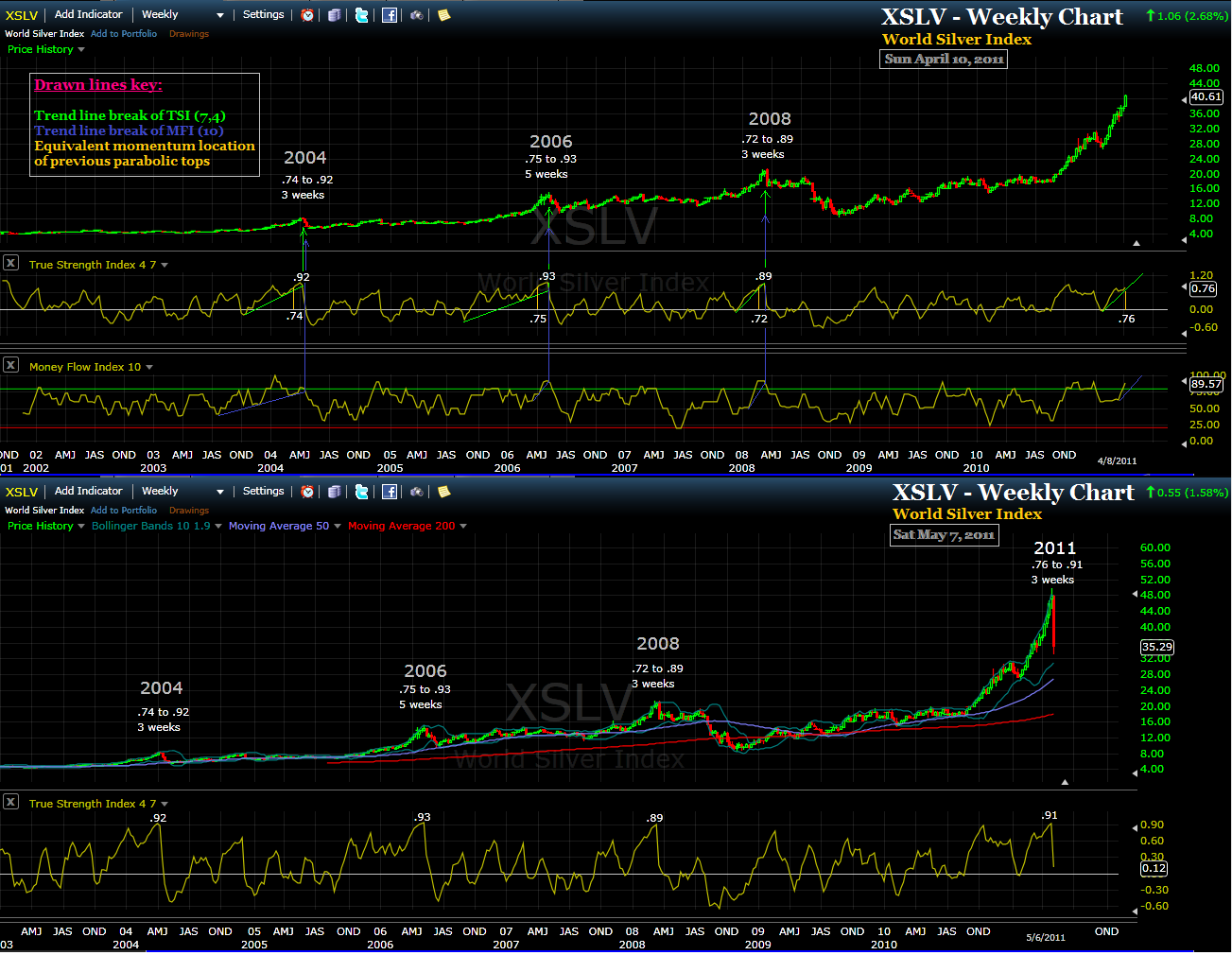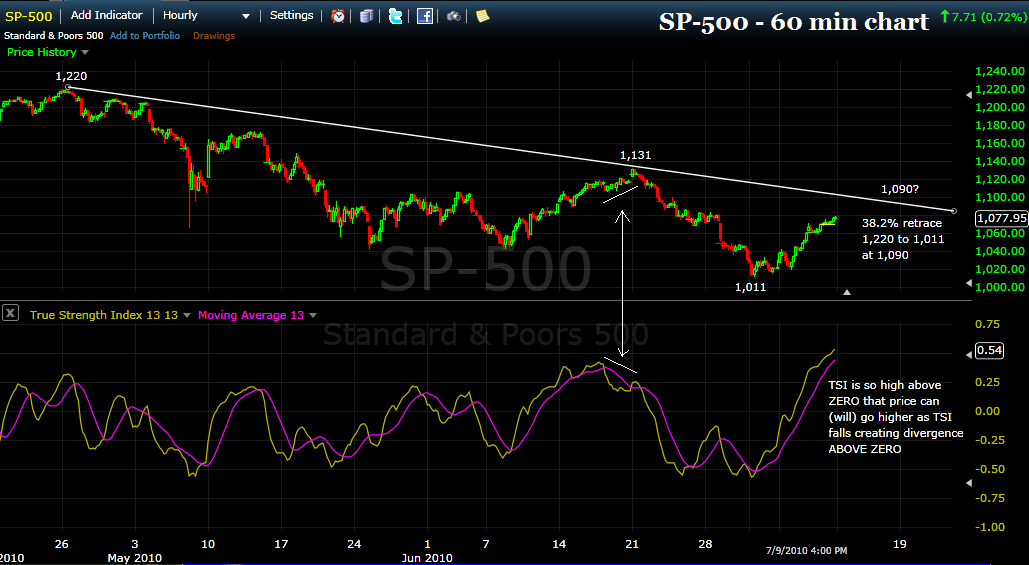The TSI Trade to trade the stock market using the True Strength Index
Post on: 15 Апрель, 2015 No Comment

Saturday, May 25, 2013
S&P 500 — 20 Year Study of Buy and Sell Signals
In a previous post I made the claim that the S&P 500 was not ready to crash yet based on a custom indicator I created some time ago that plots the percentage that price closes above or below its 200 day ema and uses the trend line break technique to generate accurate buy and sell signals.
I supported my assertion with a daily chart of the E-mini S&P 500 Index Futures (/ES ) detailing the sell signals this indicator and the trend line break technique have generated over the past 3 years (chart shown below) and demonstrated that the conditions required to support a SELL signal are not in place at the present time.
As there appears to be significant interest from readers in seeing how this indicator would have fared in trading the S&P 500 during previous years (and particular interest in its performance preceding memorable historic crashes), I thought it would be fun to document its prowess for the entire 20 years of S&P 500 daily trade before today and let you decide for yourself.
Let’s begin with another look at the chart that initially generated such interest in this indicator and my interpretative technique.
When the indicator crosses the red horizontal line in the center of the indicator panel (reads ‘1’ on the far right) it means that price is crossing the 200 day ema. A reading of 1.05 means that the ES is 5% above the 200. A reading of 0.95 means that the ES is 5% below the 200, and so on. On this chart I set a magenta horizontal line at 1.12 and you may notice that price in the past 3 years has been able to stretch to 12% above the 200 on a few occasions — most notably one week ago.
We’ll continue now with a chart of the ES picking up late 1993 and continuing well into 1997.
First, I must tell you that what you are going to see on these charts makes trading look quite easy. I want to be the first to admit that nothing could be further from the truth. Trading in real time has so many head fakes that even if you have a system that looks as accurate as this one you are not always going to be able to make the ‘ideal’ decisions.
Second, I am often asked how one knows, in real time, when to ‘draw’ these trend lines to generate the BUY and SELL signals. That’s a very good question.

Unfortunately, there is an intuition factor that is difficult for me to teach, but fortunately there are some guidelines that I personally try to be mindful of as ‘real time’ progresses.
Here are some of the clues. Nearly every sell signal was given at a negative divergence. That is, price made a higher high while the indicator made a lower high. Buy signals were sometimes accompanied by a positive divergence (indicator makes a higher low while price makes a lower low) but probably more importantly, buy signals that had the best odds of paying off occurred when the trend line break torpedoed the indicator above ZERO. You will probably notice that in the bear market of late 2001 to 2003 I did not even bother to draw in the buy signals. My reluctance to do so reflected my understanding of the implied significance of the indicator being below ZERO.
Moving along, here is the chart covering late 1996 to 2001.
The benefit of hindsight is such that one could say, looking at this extremely powerful bull rally, that simply a buy and hold strategy would have worked out nearly the same. And I would agree with that. The problem, as usual, is that no one can trade with a crystal ball or with the simple understanding given by hind sight. In that light I think this strategy has a few things going for it.
The preceding chart brought us to the top of the secular bull in later 2000. This next chart gives us a view of the bear market that followed into 2002.














